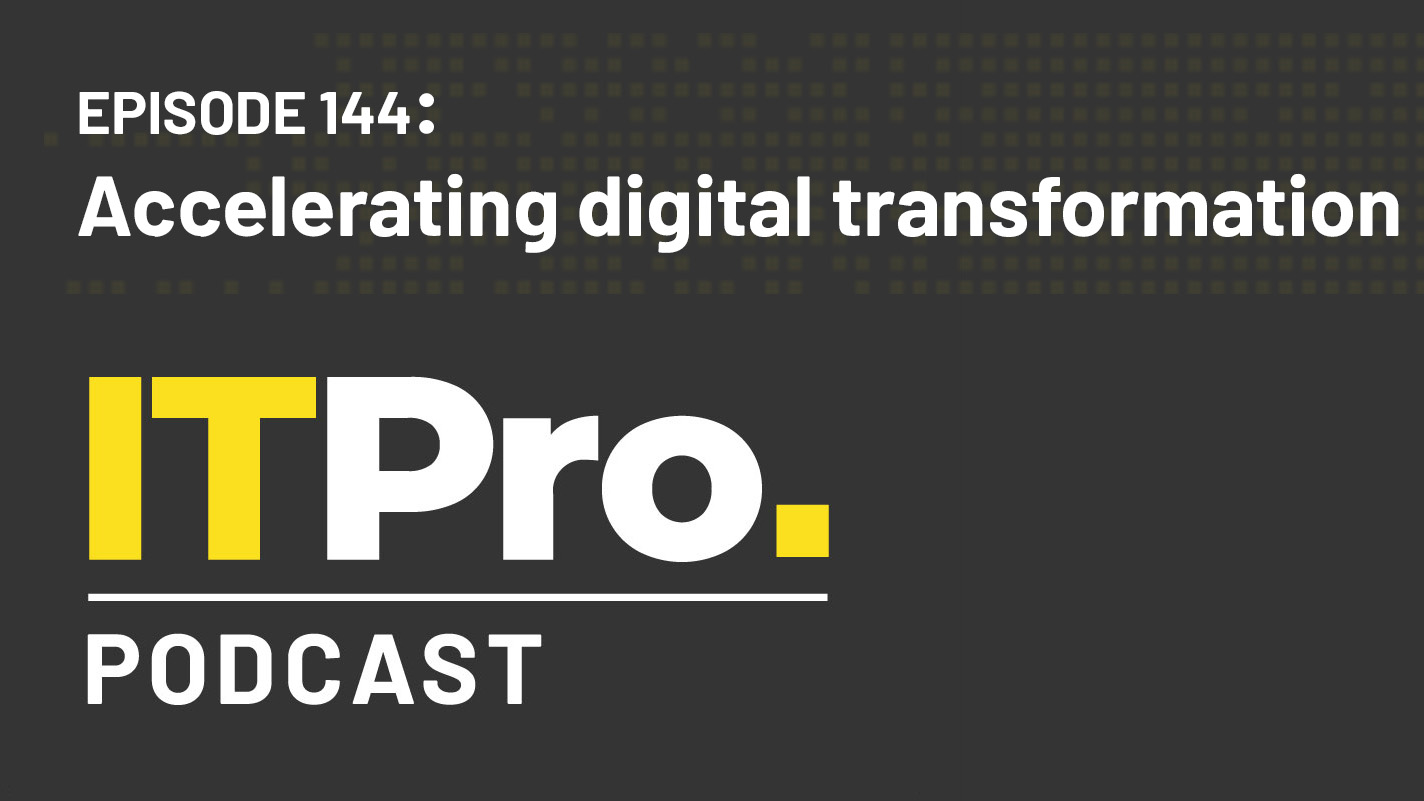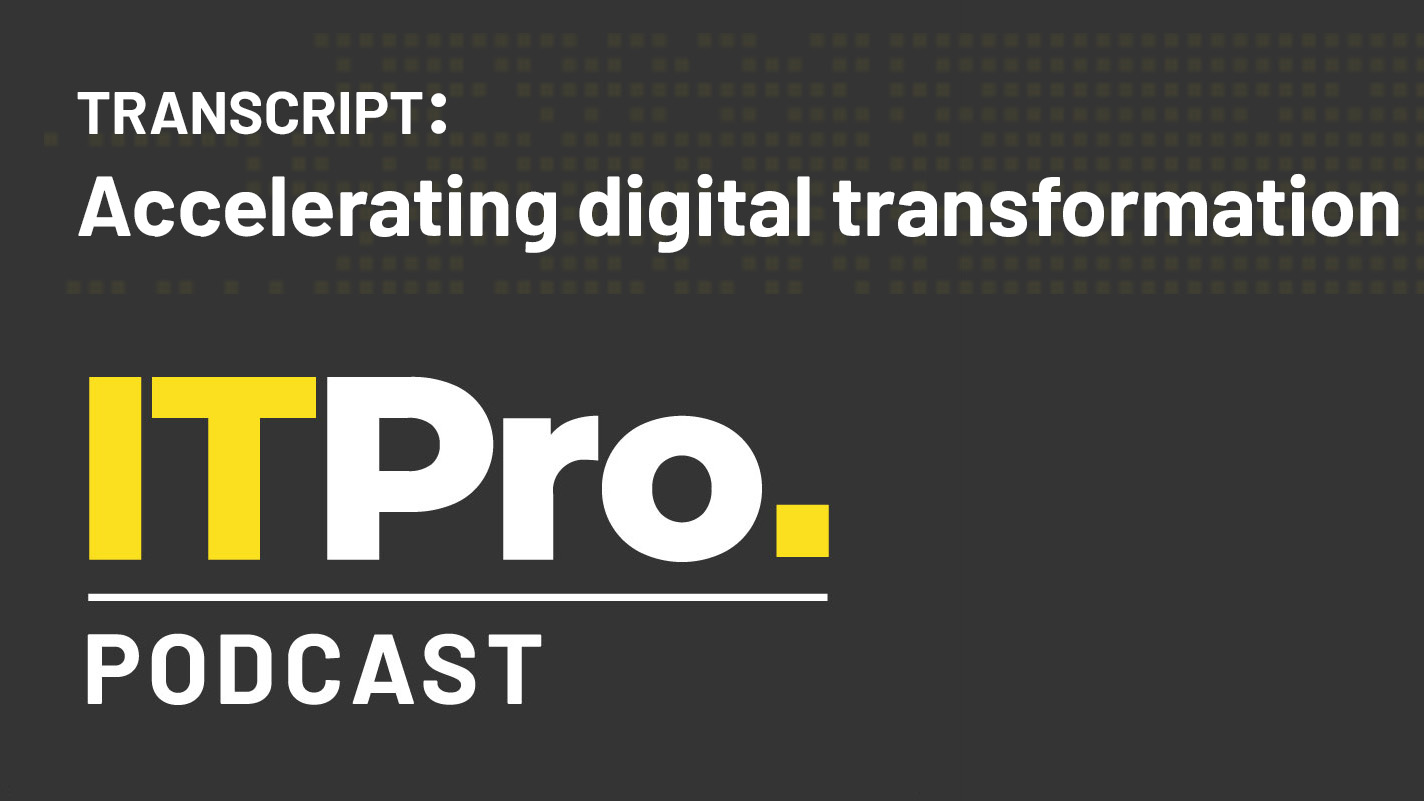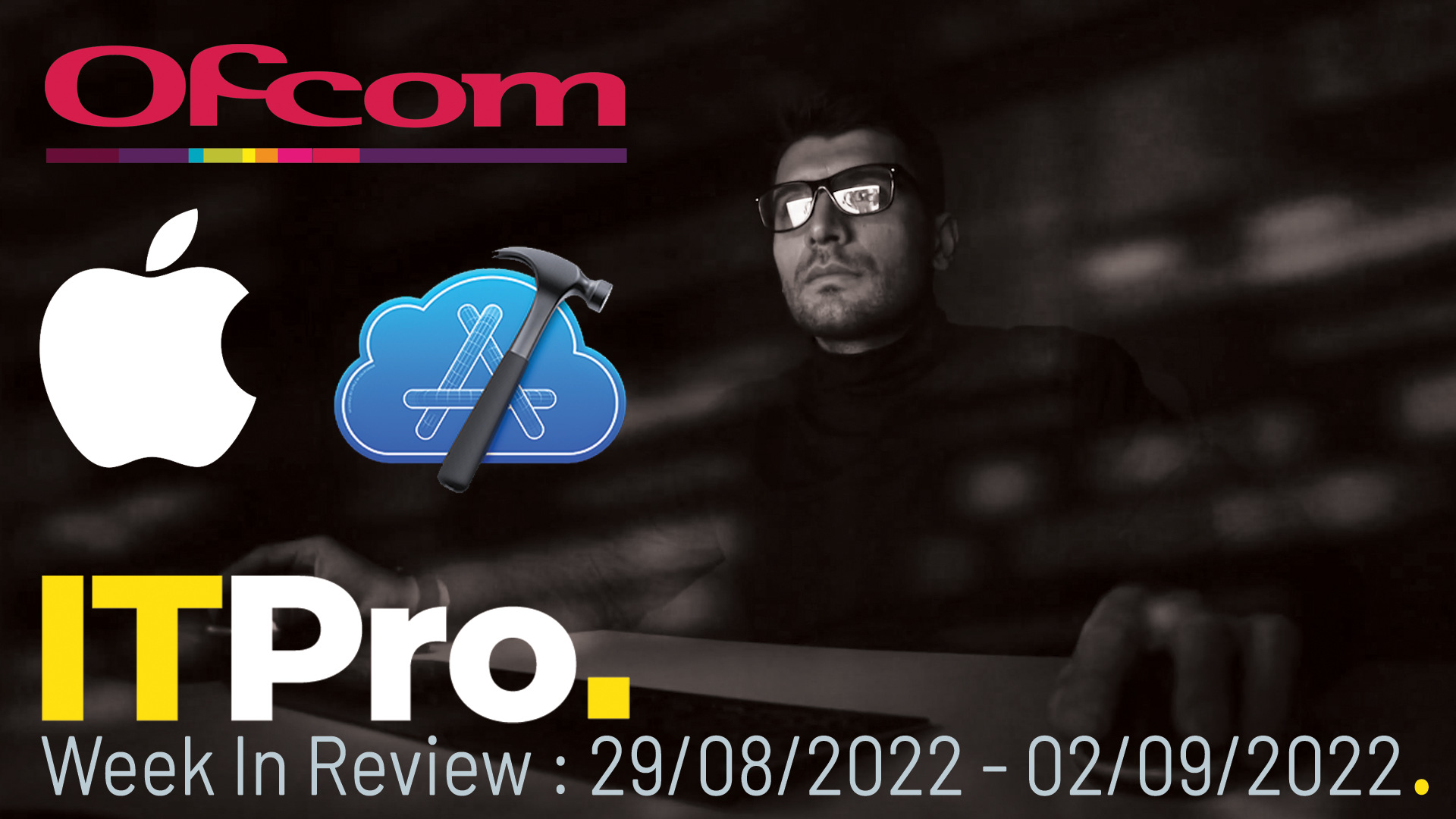Unleashing your business creativity (and being more successful) with the cloud
Think about all the cool and exciting things users want to do, and can't because of complexity and lack of IT support…

Picture the scene: You're one of your organisation's brightest and creative minds. You have a fabulous team under your command that are ready and willing to unleash their creativity and produce the kinds of apps, products and services that will really delight your customers.
Yes, they're ready. And, yes, they're willing. But are they able? Unfortunately not. Legacy infrastructure and process build-up means, often, when you need technology the most to support you, you feel anything but supported.
The IT department is often painted as the baddie here and, from the perspective of most line of business heads and end users, it's easy to see why. There is a perception the IT function finds a solution it thinks is best for all concerned (based on a number of very valid aspects such as price, accessibility, implementation, management and so on), but then expects everyone to use it regardless of their role.
But the reality is that all roles within the business are very different:
- The needs of an HR director are very specific: It's all about motivating existing employees and getting the best new people on board. But that's hard to do when you're underwhelmed by the tech you have to use.
- The head of sales wants to, in short, make more money through increased customer attraction and repeat sales, but lack of connectivity and accessibility make this so much harder.
- The head of the marketing knows there's a better way to engage with customers, gain insight and garner loyalty but is restricted by the tools and technologies available.
- The head of customer service is in a position where customers happy or annoyed are communicating but cannot hear their voices or if they can, they aren't able to respond effectively.
- The product development team leader knows what their competitors are doing but the frameworks they're working with are too slow to respond and they don't have an effective way of testing and updating in real-time without high additional costs (that would take a while to get signed-off).
- The finance director lacks visibility of overall IT spending and often finds out about tech purchases via expenses forms.
There is a common theme in that everyone wants to be more productive and efficient, but the ways in which people achieve their sub goals is different and that definitely requires a bespoke rather than a blanket, one-size-fits-all approach from IT.
While this approach has thus far ticked the right boxes for IT decision makers, it does not work well for business users. They ever remain frustrated and productivity and moral levels fall, or they find a way of working around the system
Shadow IT

Shadow IT does what the name suggests. It means users, who for whatever reason don't feel empowered, seize back control and just do things their way. This could be something as harmless as using their own laptop because the one work gave them isn't all that, or it could be downloading free versions of software or apps from the web that could, without their consent, share confidential data with other parties.
Perhaps in its most simplistic form, shadow IT is about workers using their own credit cards to subscribe to cloud-based apps and services, because they don't want to ask the tech department first or, in some cases, they've already been told no.'
The cloud makes it easier for businesses to innovate, but it also makes shadow IT that little bit more accessible. This is both a boon and a big problem for the IT function that wants to encourage cloud use among business users, but doesn't really want people going rogue.
"Shadow IT investments often exceed 30 percent of total IT spend. This will only increase because demand for new apps and services to pursue digital opportunities outstrips the capacity of IT to provide them," said Matt Cain, research director at Gartner.
"At the same time, cloud services will mature and employee demographics will shift to increasingly technically savvy employees frustrated by the pace of traditional IT, and with the skills to find their own IT solutions."
If users circumnavigate the IT control via Shadow IT, in the short term they get what they want, but in the long term they risk creating more division between their department and the tech team and also compromising security.
It also makes life much harder for IT so they're more likely to push back further against business users' needs rather than assist as they see you as a barrier to them achieving their goals rather than the other way around.
In essence, both the business and IT are striving to achieve the same thing: to get the job done and done well. Yet, the jobs they do are very different, which results in a massive and potentially very divisive clash of culture.
A different way of working together

But working life doesn't have to be fraught with so much tension between IT and business. In fact, things would be much better for all concerned if there is harmony.
Indeed, in late 2015, Gartner was bold enough to say "the IT function no longer holds a monopoly on IT" and that every employee was a digital one.
"Today's employees possess a greater degree of digital dexterity," Cain added.
"They operate their own wireless networks at home, attach and manage various devices, and use apps and web services in almost every facet of their personal lives. They participate in sharing economies for transport, lodging and more."
Furthermore, Gartner promotes the use of so-called bimodal IT where the tech department draws up guidelines that separate out the things they need to be in control of for obvious reasons, yet empowers the business to be more assistive with other elements. It's essentially the best of both worlds.
"Organisations that formally embrace and extend the digital competencies of their employees will experience improved business outcomes and gain competitive advantage," added Cain.
"The trick, however, will be to ensure that employees willingly embrace new technology, rather than feel threatened by it.
In this new world:
- The HR director is happy and confident that they are both attracting and retaining the best talent for their organisation as well as providing the right mix of self-service and supported tools for internal customers (employees).
- The head of sales is happy to let reps out in the field more often as they have secure and reliable technology at their fingertips that looks professional and helps better service customers.
- The head of the marketing knows their department can hear and listen to customers' voices, but also then respond and tailor their experience to suit their unique personal preferences.
- The head of customer service is receiving fewer complaints but is much more easily able to resolve any that do come in and ensure a more positive future experience for that individual.
- The product development team leader is managing a group of talented individuals who can quickly and easily show the rest of the business the power and value of a new app or service by creating it rather than being tied up in approval red tape.
- The finance director can sleep easy at night knowing IT budgets haven't been exceeded and that value is constantly being added to the bottom line thanks to newly unleashed innovation and appetite to succeed.
So what do business department heads need to do to make these future visions/aspirations a reality?
Given that Gartner predicts that most cloud spending decisions will be made by CMOs rather than CIOs or other IT decision makes by 2017, isn't it about time the two forged a partnership?
"A focus on the best possible customer experience is where CIO and CMO responsibilities intersect. Given the degree to which customer experience expectations are shaped by the technology that pervades our personal lives, such collaboration is a competitive necessity," said Rob Asen, who leads Cognizant Business Consulting's North American Strategy and Transformation Practice, in a recent blog post.
He continued: "Marketing is becoming increasingly digital and data-driven, since digital technologies also provide access to the customer's Code Halo' - the digital data that accumulates around people, processes, organisations, and devices. In turn, this enables the gathering of meaningful insights from customers' digital footprints.
"This requires that marketing allows technology teams to play a central role in the development and commercialisation of digital products and services. CMOs and their marketing teams must seek timely and elevated technology assistance from the CIO and technology leadership team - beyond the shadow IT environments that have proliferated throughout marketing and other functional areas."
It's also about being prepared to listen to IT as well as tell them your wants and needs as a line of business. After all, you expect them to listen to and respond to your needs so shouldn't the same courtesy be applied the other way round?
A bit of empathy on both sides goes a long way towards explaining what you're trying to achieve and ensuring your respective goals are aligned with the goals of the wider organisation.
Furthermore, context is key. Rather than IT simply saying no' to users, they should try and explain why. Users can then explain why they asked in the first place and open up a two-way dialogue that should have positive consequences for all concerned.
Once you, as a business leader, realise that actually you have more in common with your IT decision-making peers than you thought, you're already part of the way towards achieving real and sustainable change.
After realising IT can actually be a friend rather than foe, you can do your bit (and encourage your team members to do the same) to help the IT team succeed on the company's overall digital quest for cloud-based business transformation.
Pictures: Bigstock
ABOUT COGNIZANTCognizant (NASDAQ: CTSH) is a leading provider of information technology, consulting, and business process outsourcing services, dedicated to helping the world's leading companies build stronger businesses. Headquartered in Teaneck, New Jersey (U.S.), Cognizant combines a passion for client satisfaction, technology innovation, deep industry and business process expertise, and a global, collaborative workforce that embodies the future of work. With over 75 development and delivery centers worldwide and approximately 187,400 employees as of June 30, 2014, Cognizant is a member of the NASDAQ-100, the S&P 500, the Forbes Global 2000, and the Fortune 500 and is ranked among the top performing and fastest growing companies in the world. Visit us online at www.cognizant.com or follow us on Twitter: @Cognizant.
Get the ITPro daily newsletter
Sign up today and you will receive a free copy of our Future Focus 2025 report - the leading guidance on AI, cybersecurity and other IT challenges as per 700+ senior executives
ITPro is a global business technology website providing the latest news, analysis, and business insight for IT decision-makers. Whether it's cyber security, cloud computing, IT infrastructure, or business strategy, we aim to equip leaders with the data they need to make informed IT investments.
For regular updates delivered to your inbox and social feeds, be sure to sign up to our daily newsletter and follow on us LinkedIn and Twitter.
-
 Bigger salaries, more burnout: Is the CISO role in crisis?
Bigger salaries, more burnout: Is the CISO role in crisis?In-depth CISOs are more stressed than ever before – but why is this and what can be done?
By Kate O'Flaherty Published
-
 Cheap cyber crime kits can be bought on the dark web for less than $25
Cheap cyber crime kits can be bought on the dark web for less than $25News Research from NordVPN shows phishing kits are now widely available on the dark web and via messaging apps like Telegram, and are often selling for less than $25.
By Emma Woollacott Published
-
 Protecting CIOs' IT budgets is "paramount" in maintaining business growth
Protecting CIOs' IT budgets is "paramount" in maintaining business growthNews If CIOs are forced to make emergency budget cuts, they should also explain the risks to high level stakeholders so the responsibility is shared
By Zach Marzouk Published
-
 The IT Pro Podcast: Accelerating digital transformation
The IT Pro Podcast: Accelerating digital transformationIT Pro Podcast Implementation is just as important as the value of change
By IT Pro Published
-
 Podcast transcript: Accelerating digital transformation
Podcast transcript: Accelerating digital transformationIT Pro Podcast Read the full transcript for this episode of the IT Pro Podcast
By IT Pro Published
-
 Fit-for-purpose IT infrastructure for digitally determined organisations
Fit-for-purpose IT infrastructure for digitally determined organisationsWhitepaper Your innovation engine: Guiding organisations through change in the new digital economy
By ITPro Published
-
 IT Pro News in Review: CIOs face a challenge, Ofcom's telecom fines, Apple expands Xcode
IT Pro News in Review: CIOs face a challenge, Ofcom's telecom fines, Apple expands XcodeVideo Catch up on the biggest headlines of the week in just two minutes
By IT Pro Published
-
 CIO role has 'drastically changed' over last 24 months, says Lenovo
CIO role has 'drastically changed' over last 24 months, says LenovoNews Globally survey suggests chief information officers have greater influence over their company now the role has expanded beyond technology
By Bobby Hellard Published
-
 How can CIOs help to close the tech skills gap?
How can CIOs help to close the tech skills gap?In-depth The most well-equipped IT leaders can take a number of practical steps to close the divide within their organisations
By Rene Millman Published
-
 What is a virtual CIO (vCIO) and does your business need one?
What is a virtual CIO (vCIO) and does your business need one?In-depth With tech skills in short supply, organisations are turning to temporary expertise to see through critical digital transformation projects
By Mark Samuels Published
